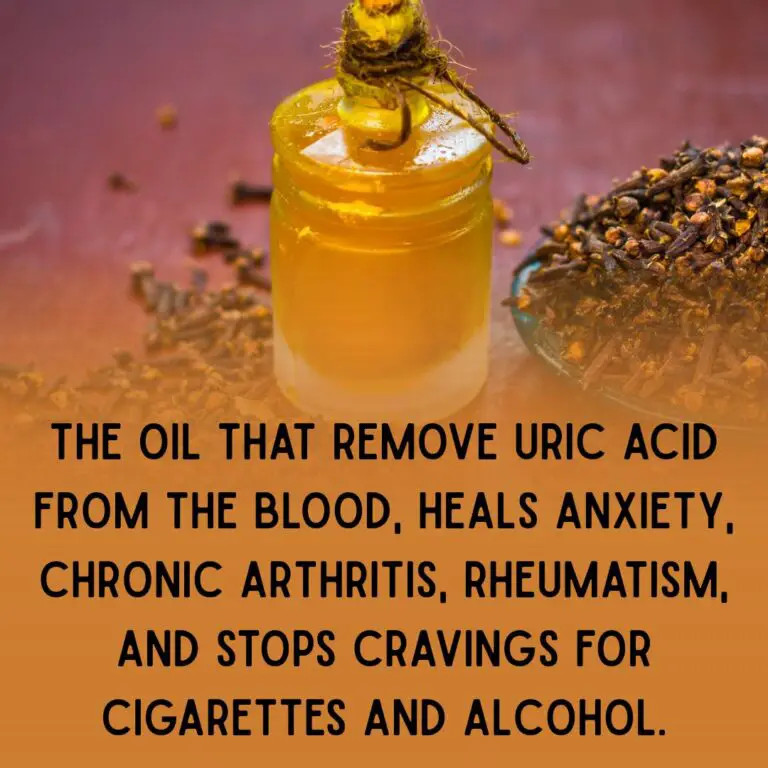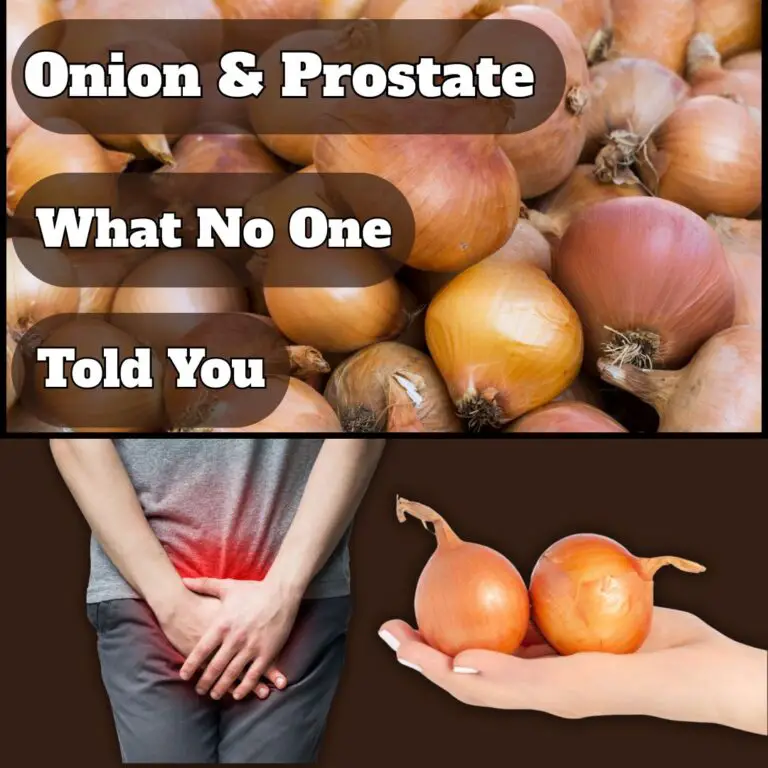10 Vegetables That Naturally Help Clear Blocked Arteries
Blocked arteries can sneak up on you like a slow-burning fuse—quietly, steadily increasing your risk for heart disease, heart attack, and stroke. But nature has a secret weapon against this stealthy threat: vegetables. Yes, certain vegetables contain powerful compounds that can support arterial health, reduce plaque buildup, and help you maintain a strong, resilient heart.
Let’s take a delicious deep dive into the top 10 vegetables that help clear blocked arteries—and how to incorporate them into a heart-healthy lifestyle that tastes as good as it feels.
Why You’ll Love This Recipe for Heart Health
Imagine maintaining your cardiovascular health without relying solely on medications or complicated meal plans. This “recipe” for heart health isn’t a single dish but a nutritional lifestyle built around powerhouse vegetables. You’ll love how versatile, accessible, and budget-friendly these vegetables are. Each one not only adds color and flavor to your plate but also works behind the scenes to keep your arteries clean and flexible.
Whether you’re meal prepping, cooking for your family, or just looking to improve your own well-being, integrating these vegetables into your diet is an effortless and delicious strategy for long-term health. Even the American Heart Association recommends a vegetable-rich diet to improve overall cardiovascular wellness.
Ingredients – The 10 Artery-Cleansing Vegetables
Here are the 10 all-star vegetables that fight arterial plaque and inflammation:
- Garlic – Rich in allicin, garlic reduces blood pressure and cholesterol.
- Spinach – Loaded with nitrates that improve blood flow and reduce arterial stiffness. Harvard Health lists spinach as a top anti-inflammatory food.
- Broccoli – High in fiber and antioxidants, supports blood vessel function.
- Tomatoes – Packed with lycopene, they reduce LDL cholesterol oxidation.
- Beets – Nitrates improve endothelial function and lower blood pressure, according to research on PubMed.
- Carrots – Rich in carotenoids, which help reduce oxidative stress.
- Kale – Dense in antioxidants, fiber, and omega-3s that combat inflammation.
- Asparagus – Natural diuretic that helps reduce blood pressure and inflammation.
- Bell Peppers – High in vitamin C, known to support blood vessel health.
- Onions – Contain quercetin, which helps lower cholesterol and blood pressure.
Necessary Tools
To make the most of these vegetables, you’ll want the following kitchen tools on hand:
- Chef’s knife and cutting board
- Vegetable steamer or steamer basket
- Baking sheet for roasting
- Blender or food processor (for soups or sauces)
- Garlic press (for convenience)
- Non-stick skillet or sauté pan
- Salad spinner (for leafy greens)
- Airtight containers for storing prepped veggies
Ingredient Swaps and Additions
While these 10 vegetables are top-tier for artery health, you can mix and match with other nutrient-dense options:
- Swap spinach with arugula or Swiss chard – both are high in nitrates and antioxidants.
- Add turmeric – a potent anti-inflammatory spice that enhances the heart benefits of any dish.
- Include legumes like lentils – great fiber source that further reduces cholesterol.
- Use avocado oil or olive oil – heart-healthy fats help absorb fat-soluble vitamins.
Step-by-Step Instructions: Preparing Heart-Healthy Veggie Dishes
Here’s a simple daily routine to integrate these vegetables:
Morning Smoothie (Beets + Carrot+ Ginger + Sumac)
Try our reader-favorite Beet & Carrot Juice with Ginger and Sumac as a nutritious morning booster.
- Blend ½ cup steamed beets, 1 cup spinach, ½ chopped carrot, 1 banana, and almond milk.
- Add a teaspoon of flaxseed for omega-3 benefits.
Lunch Salad (Kale + Bell Peppers + Tomatoes + Onions)
A lot like our Banana Blossom Salad, say goodbye to diabetes, high blood pressure, and stomach pain with one natural remedy you never expected.
- Massage kale with olive oil and lemon juice until tender.
- Add chopped bell peppers, cherry tomatoes, and red onions.
- Top with garlic vinaigrette.
Dinner Stir-Fry (Broccoli + Asparagus + Garlic + Onions)
- Sauté garlic and onions in olive oil.
- Add broccoli and asparagus with a splash of low-sodium soy sauce.
- Serve over quinoa or brown rice.
Pro Tips for Success
- Don’t overcook greens – Steaming is best to retain nutrients.
- Use fresh garlic – Let chopped garlic sit for 10 minutes to activate allicin.
- Roast tomatoes – Concentrates lycopene and enhances absorption.
- Double up – Eat these veggies at multiple meals a day for compounding effects.
- Meal prep – Chop and store veggies ahead to make healthy choices easier.
According to the World Health Organization, a nutrient-dense diet full of vegetables like these can significantly reduce the global burden of heart disease.
Serving Suggestions
Make it exciting with these presentation ideas:
- Veggie wraps using lettuce leaves or whole grain tortillas
- Stuffed bell peppers with quinoa and kale
- Veggie soup with garlic, onions, and spinach in a tomato base
- Rainbow bowls layered with carrots, beets, tomatoes, and grilled asparagus
- Oven-roasted medley with olive oil, garlic, and herbs
Storing and Reheating
- Storage: Keep raw veggies in airtight containers with paper towels to absorb moisture.
- Cooked Veggies: Store in glass containers in the fridge for up to 4 days.
- Freezing: Blanch and freeze broccoli, kale, and spinach in freezer bags.
- Reheating: Gently reheat in a pan over low heat to avoid nutrient loss.
Nutritional Information (Per 1-Cup Serving, Approximate)
| Vegetable | Calories | Fiber (g) | Vitamin C (%) | Heart-Healthy Compounds |
|---|---|---|---|---|
| Garlic | 5 | 0.2 | 1% | Allicin |
| Spinach | 7 | 0.7 | 56% | Nitrates, Lutein |
| Broccoli | 31 | 2.4 | 135% | Sulforaphane |
| Tomatoes | 22 | 1.5 | 40% | Lycopene |
| Beets | 44 | 2 | 6% | Nitrates, Folate |
| Carrots | 41 | 2.8 | 10% | Carotenoids |
| Kale | 33 | 2.6 | 134% | Omega-3s, Vitamin K |
| Asparagus | 27 | 2.1 | 18% | Saponins |
| Bell Peppers | 31 | 2.5 | 159% | Vitamin C |
| Onions | 40 | 1.7 | 20% | Quercetin |
FAQs
1. Can vegetables really clear arteries?
They help by reducing inflammation, lowering cholesterol, and improving blood vessel function—not by “scrubbing” arteries clean, but by making them healthier. Harvard Health elaborates on these mechanisms.
2. How often should I eat these vegetables?
Daily! Aim to eat at least 2–3 servings of different vegetables per day for best results.
3. Are cooked or raw vegetables better for heart health?
Both have benefits. Cooking boosts some nutrients (like lycopene), while raw preserves others (like vitamin C).
4. Can I juice these vegetables?
Yes, but don’t discard the fiber! Blending (smoothies) is often better than juicing.
5. What if I don’t like the taste of these vegetables?
Try roasting, seasoning, or blending into soups or sauces. Flavor makes a big difference!
Conclusion
A heart-healthy lifestyle doesn’t have to be complicated. With these 10 powerhouse vegetables in your kitchen, you’re equipped to fight inflammation, reduce cholesterol, and protect your arteries—all while enjoying fresh, vibrant meals. Embrace the healing power of food, one delicious bite at a time.
Explore other heart-smart recipes and make these veggies your daily ritual.







